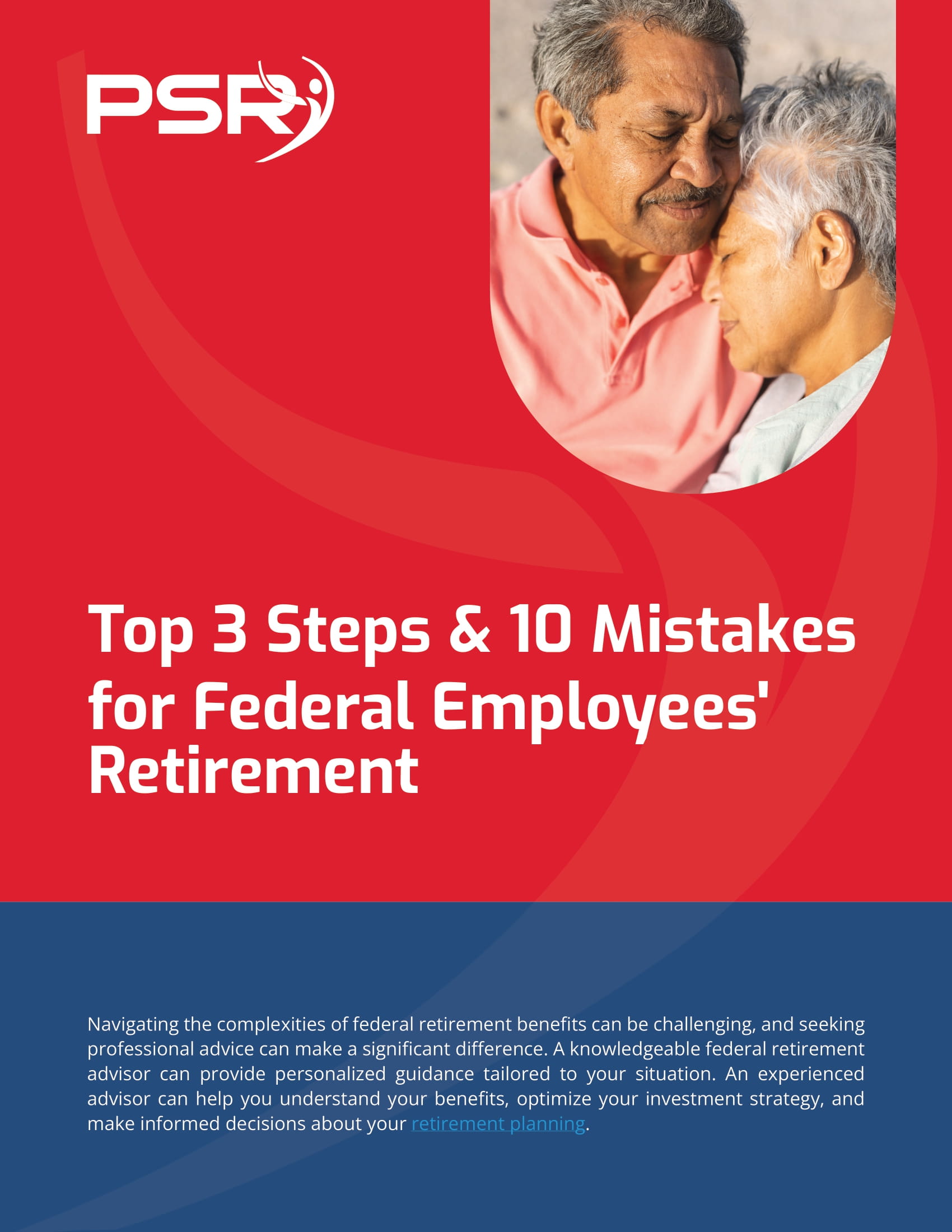Key Takeaways
- Strategic TSP investments allow federal employees to maximize their retirement savings and build long-term wealth.
- Understanding the different TSP funds and adjusting contributions can significantly impact your financial future.
TSP Investment Moves That Are Helping Federal Employees Build Wealth for the Long Haul
Federal employees have a powerful tool at their disposal when it comes to long-term wealth building: the Thrift Savings Plan (TSP). The TSP offers a range of investment options
- Also Read: FAA, Law Enforcement, and Special Federal Employee Categories—Here’s What Makes Their Retirement Unique
- Also Read: Blending Private and Public Sector Retirement Plans Is Complicated—Here’s Where Couples Get It Wrong
- Also Read: The Silent Shift in Postal Service Retirement Benefits That Could Change Everything by 2026
Diversification: The Backbone of Long-Term Success
One of the most critical strategies for growing wealth through the TSP is diversification. Diversification involves spreading your investments across different TSP funds to reduce risk and increase potential returns. The TSP offers a variety of funds, including the G Fund (Government Securities), C Fund (Common Stocks), F Fund (Fixed Income), S Fund (Small Cap Stocks), and I Fund (International Stocks). Each has its own risk level and growth potential, and balancing these appropriately can maximize gains while minimizing exposure to market volatility.
For those nearing retirement, shifting a portion of your investments into the more stable G Fund could help protect your savings from sudden market downturns. On the other hand, younger federal employees might allocate more to the C, S, or I Funds, which have historically offered higher returns over the long term. The key is to review and adjust your portfolio as your financial goals and timelines evolve.
Lifecycle Funds: A Set-It-and-Forget-It Approach
Lifecycle (L) Funds are a convenient option for federal employees who prefer a more hands-off investment strategy. These funds automatically adjust the mix of stocks, bonds, and government securities based on the employee’s expected retirement date. As you get closer to retirement, the fund shifts to more conservative investments, aiming to protect your savings while still generating returns.
For those who might not have the time or expertise to manage their TSP accounts actively, L Funds can offer a balanced approach. It’s important to choose the fund that aligns with your planned retirement date to ensure the risk and reward levels are appropriate for your financial situation. However, even with L Funds, periodic reviews of your investments are recommended to confirm that the fund’s strategy still aligns with your personal and financial goals.
Maximize Contributions Early: The Power of Compounding
Federal employees looking to build long-term wealth should prioritize maximizing their TSP contributions as early as possible. The TSP benefits greatly from compound interest, meaning the earlier you contribute, the more your money can grow over time. In 2024, federal employees can contribute up to $23,000 annually, with an additional catch-up contribution of $7,500 available for those over age 50.
Investing as much as you can early on allows the compounded growth to have a substantial impact. Even small increases in your contributions, especially when matched by your employer up to 5%, can make a significant difference in the long run. Reviewing your finances to ensure you’re taking full advantage of these matching contributions is a vital step in maximizing your TSP benefits.
Periodic Rebalancing: Keeping Your Portfolio on Track
While it’s tempting to set your investments and forget about them, regular rebalancing is crucial for maintaining your desired risk level and maximizing returns. Market fluctuations can shift the weight of different assets in your portfolio, leading to an unintended increase or decrease in risk exposure. By rebalancing periodically—annually or biannually—you can bring your portfolio back in line with your target allocation.
For example, if stock markets perform well, your C, S, and I Funds may grow faster than the more conservative G and F Funds. This shift could expose your portfolio to higher risks, especially if you’re approaching retirement. Rebalancing helps mitigate this by reallocating funds to maintain the right balance between growth and safety.
Take Advantage of Roth TSP: Tax Diversification for the Future
Another effective strategy is using the Roth TSP option. Unlike traditional TSP contributions, which are pre-tax and reduce your taxable income today, Roth TSP contributions are made with after-tax dollars. While this doesn’t give you an immediate tax break, it allows your investments to grow tax-free, and qualified withdrawals in retirement are also tax-free.
Federal employees who anticipate being in a higher tax bracket during retirement might find the Roth TSP advantageous. By diversifying your tax exposure—having both traditional and Roth TSP accounts—you can manage your taxable income more effectively in retirement. For instance, you may choose to draw from your Roth TSP during high-income years to avoid pushing yourself into a higher tax bracket.
Catch-Up Contributions: Boost Your Savings Later in Your Career
For federal employees aged 50 or older, catch-up contributions provide a way to accelerate savings in the final stretch before retirement. As of 2024, the catch-up contribution limit is $7,500. These additional contributions are a valuable opportunity to boost your retirement savings and take full advantage of the TSP’s growth potential in the years leading up to retirement.
If you’re nearing retirement and haven’t maximized your TSP contributions earlier in your career, catch-up contributions offer a way to increase your investment quickly. By increasing your contributions as you approach retirement, you can make up for lost time and enhance your retirement savings significantly.
Stay Informed: Adapt to Changes in the Market
Federal employees should stay informed about market conditions and any changes to TSP regulations that could impact their investments. The financial landscape is always shifting, and being proactive can help you make better decisions about fund allocations and contribution levels.
Staying updated on market trends, such as economic growth indicators or changes in interest rates, can inform your decisions about whether to adjust your portfolio to be more aggressive or conservative. Additionally, federal employees should pay attention to TSP policy updates, such as changes to contribution limits or fund structures, ensuring they’re taking full advantage of available opportunities.
Evaluating Withdrawal Options: Planning for the Distribution Phase
The wealth-building journey doesn’t end at retirement; planning your TSP withdrawals is just as important. Federal employees have several options for accessing their TSP savings, including periodic payments, partial withdrawals, and full rollovers to IRAs. Each method has tax implications and can impact the longevity of your savings.
It’s crucial to evaluate these options based on your retirement needs and income sources. For example, spreading withdrawals over several years may help manage your tax bracket and reduce overall tax liability. Additionally, considering the age at which you begin withdrawals (e.g., delaying until Required Minimum Distributions at age 73) can optimize the benefits of your TSP investments.
Building Wealth for the Long Haul
Building long-term wealth with the TSP is all about making strategic, informed decisions throughout your career. From maximizing early contributions and utilizing L Funds to rebalancing your portfolio and planning withdrawals carefully, every move plays a part in securing your financial future. Federal employees who actively manage their TSP accounts and stay informed about market and policy changes are in the best position to grow their retirement savings substantially.












